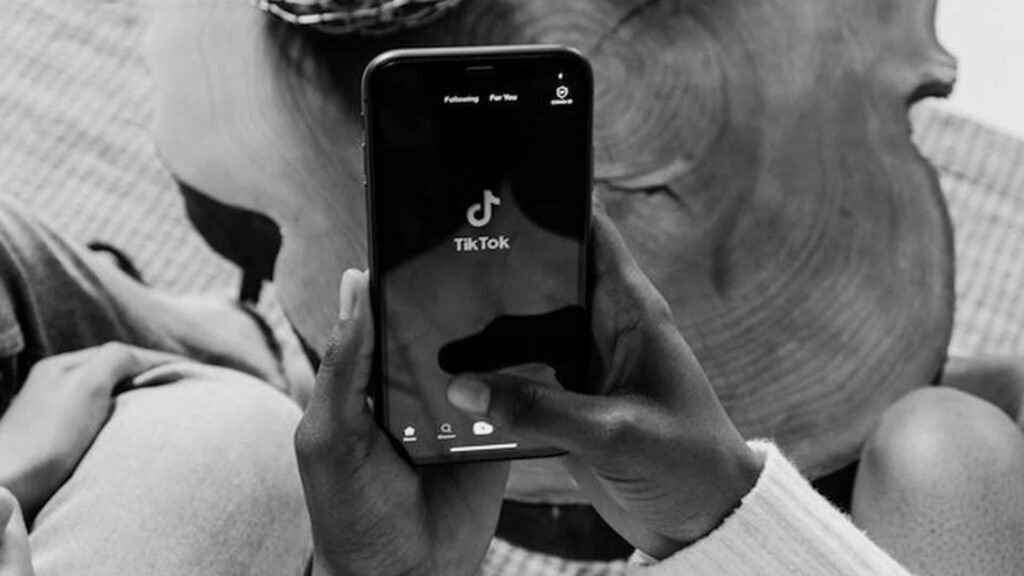Leaders dream of going viral with their messages. After all, it could mean instantly capturing the attention of crowds of people, garnering hundreds of thousands, even millions of views and internet fame that could lead to unprecedented brand awareness. But publicity often comes with a price; sometimes, the situation can go in a direction you never expected. Either way, it’s essential to be prepared for all kinds of positive or negative outcomes whenever the media is concerned because one of the consequences of going viral is that the brand becomes the cynosure of attention, which doesn’t always have to be a good thing.
Pepsi, United Airlines, Balenciaga: when it’s for the wrong reasons…
Negative virality can adversely affect a company’s image and prospects. Over the years, several brands have come under fire for various reasons. Sometimes, the messaging has been mixed with unintended results, as in the case of the infamous Pepsi advertisement featuring Kendall Jenner. Sometimes, the actions of the people involved have caused harm to the public. Remember the appalling United Airlines video of a passenger being dragged out? And sometimes, it has been a clear case of what they were thinking. Balenciaga’s clothing advertisement with children that backfired comes to mind.
What should an organisation do when they’ve gone viral for all the wrong reasons? The impact could be long-lasting if they don’t take specific steps to control the narrative. Here are some of the steps that they should take if their name is in the news for the wrong reasons:
- Be prepared – Brands should be aware of the importance of being ready for all sorts of contingencies, which means training and planning for negative publicity.
- React appropriately – Hoping that the news will die down is not a good tactic because it always remains on the internet. A good plan could be to apologise and to show that you mean it. Many people today expect transparency and accountability from leaders and brands. Saying sorry also has to be accompanied by an action that shows you want to make reparations. It could be by offering training to employees or donating to a worthy charity.
- Get an endorsement – If possible, getting an endorsement or a few words of encouragement from a leader in the industry, preferably a video message that can be broadcast, might help get out of the sticky situation. The idea is to reinforce your and your organisation’s character and to admit that the mistake doesn’t mean that the brand should be written off entirely.
When it’s for the right reasons…
Positive virality is everybody’s goal. How will you use this windfall to ensure you don’t lose the momentum you’ve gained? Here are some pointers to keep in mind when your brand is in the news for all the good reasons.
- Protect your content – Before your video or post goes viral, you need to make sure that your content is protected, just in case it does. Asserting your digital rights proactively can go a long way in preventing various hassles in the future. Apart from that, here’s a handy checklist of things to remember before putting out any video in the first place.
- Make yourself accessible – People who have discovered you or your brand through a viral video might want to look you up, to see what other work you have done. It’s important to make sure that your brand’s social media profiles reflect what you stand for and give new visitors an idea of who you are.
- Encourage visitors to find you – Make sure that there’s a call to action at the end of future videos and that it links back to your profile. This will encourage new followers to discover more about you, learn about your brand and help them become loyal fans.
Since there’s nothing predictable about the internet, it’s not easy to predict which video will go viral or why. It’s a good idea to be prepared for both sides of the situation in any case. The other thing to remember is that going viral creates pressure on not just your brand, but also the backend team, whether it is sales and marketing who have to keep up with the sudden popularity. Going viral is not all that it’s made out to be.
